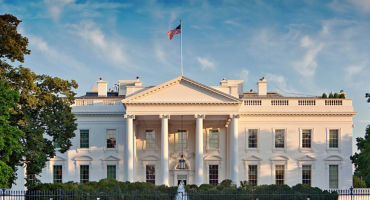Resource security
Policymakers view climate change as a core national security issue, which is underappreciated by markets — a “threat multiplier” further complicating the geopolitical backdrop. Climate change is hitting equatorial and tropical regions the hardest, threatening to exacerbate climate migration, food and water scarcity, agricultural disruption, resource wars, political extremism and health issues. Over the long term, climate change in particular poses a significant risk to food supply and security, as it makes weather patterns less predictable, leading to greater variability in crop yields. Resource scarcity is a concern as well, with the loss of arable land due to urbanisation, industrialisation and reduced biodiversity.
A particular area of focus for governments is access to critical minerals — such as nickel, cobalt and aluminium. These minerals are deemed to be of importance to a range of industries, especially those involved in the transition to clean energy, and inventories are low. The US, China and Russia are already competing for access to these minerals across Latin America, Africa and around the world, and this competition will only accelerate.
























